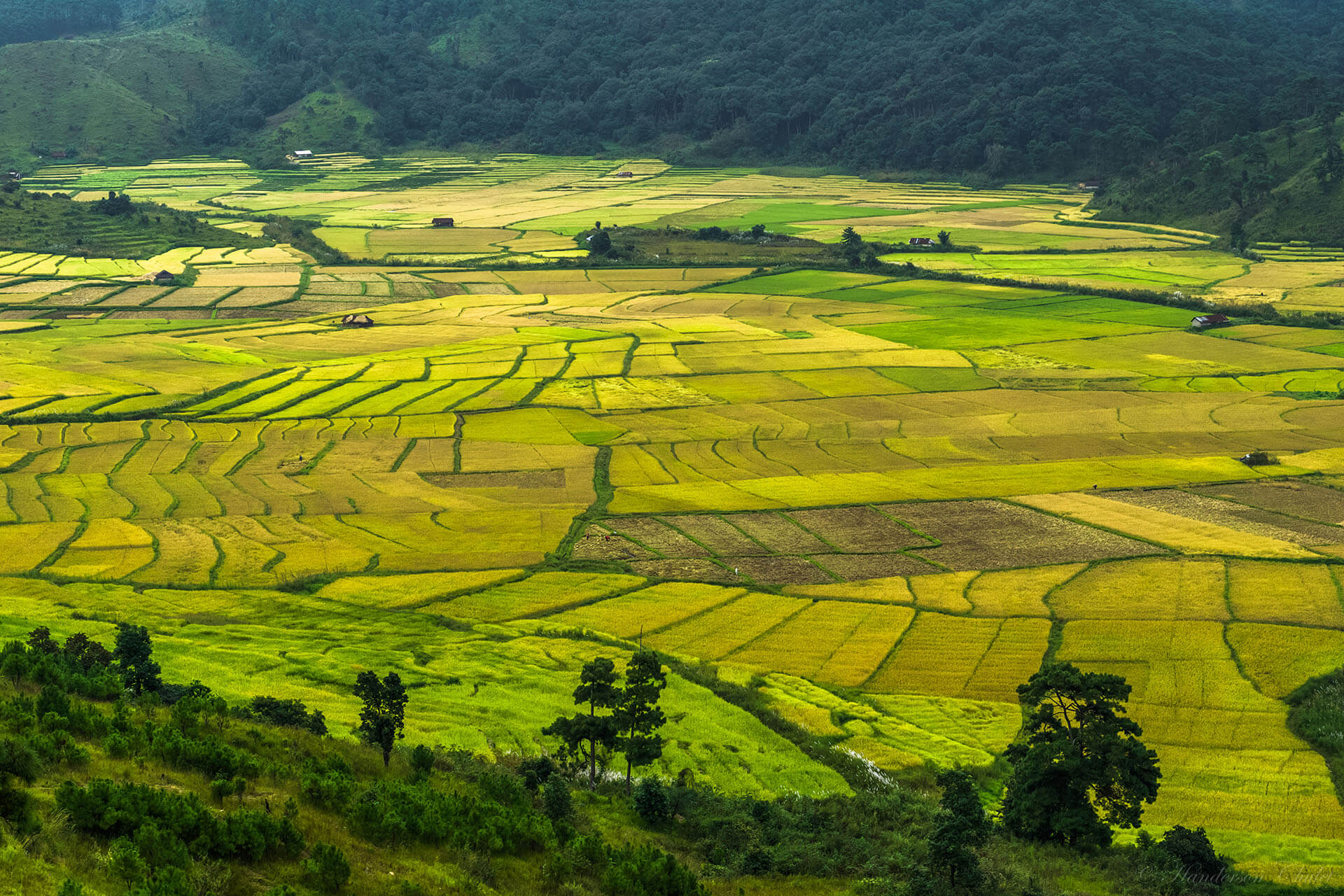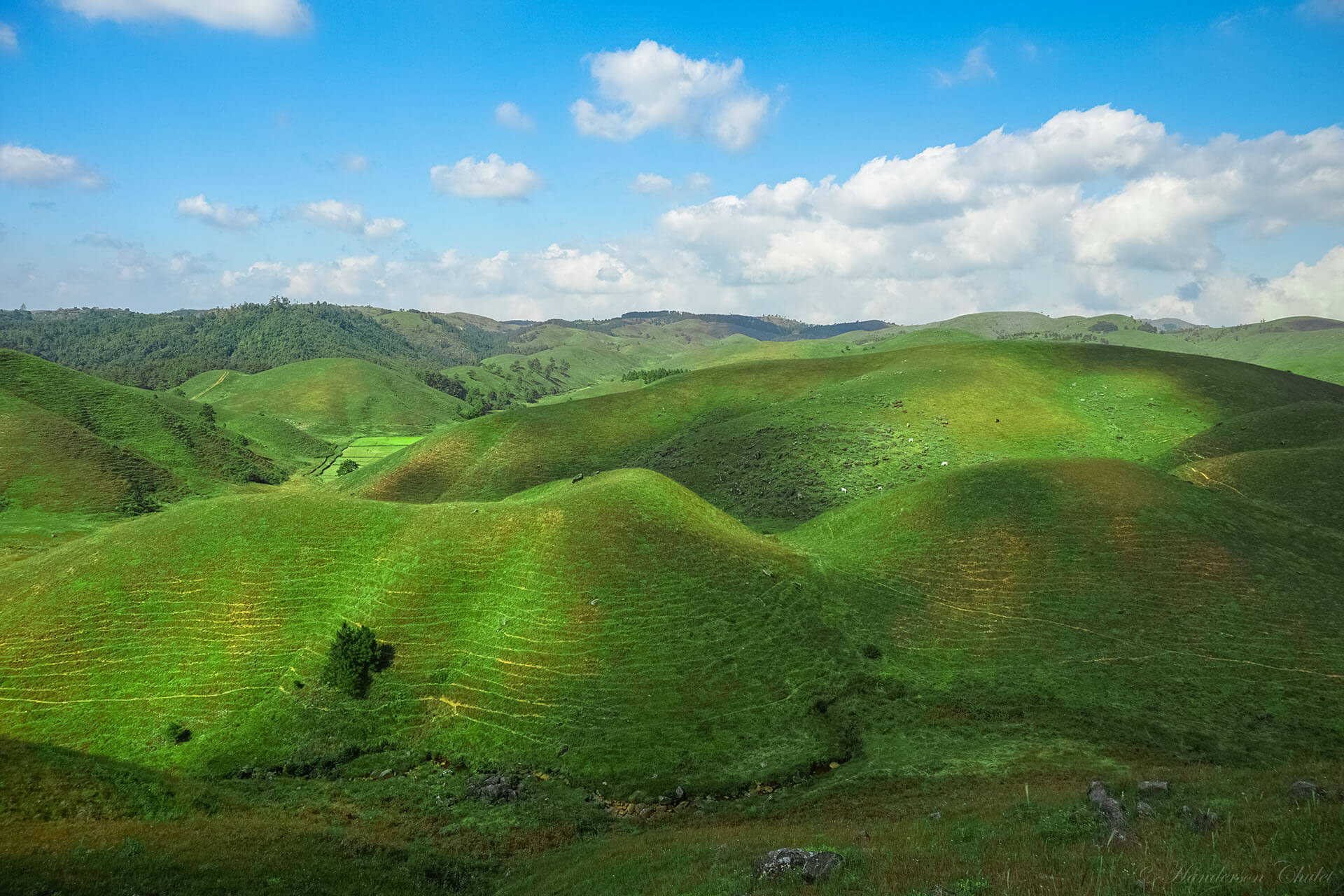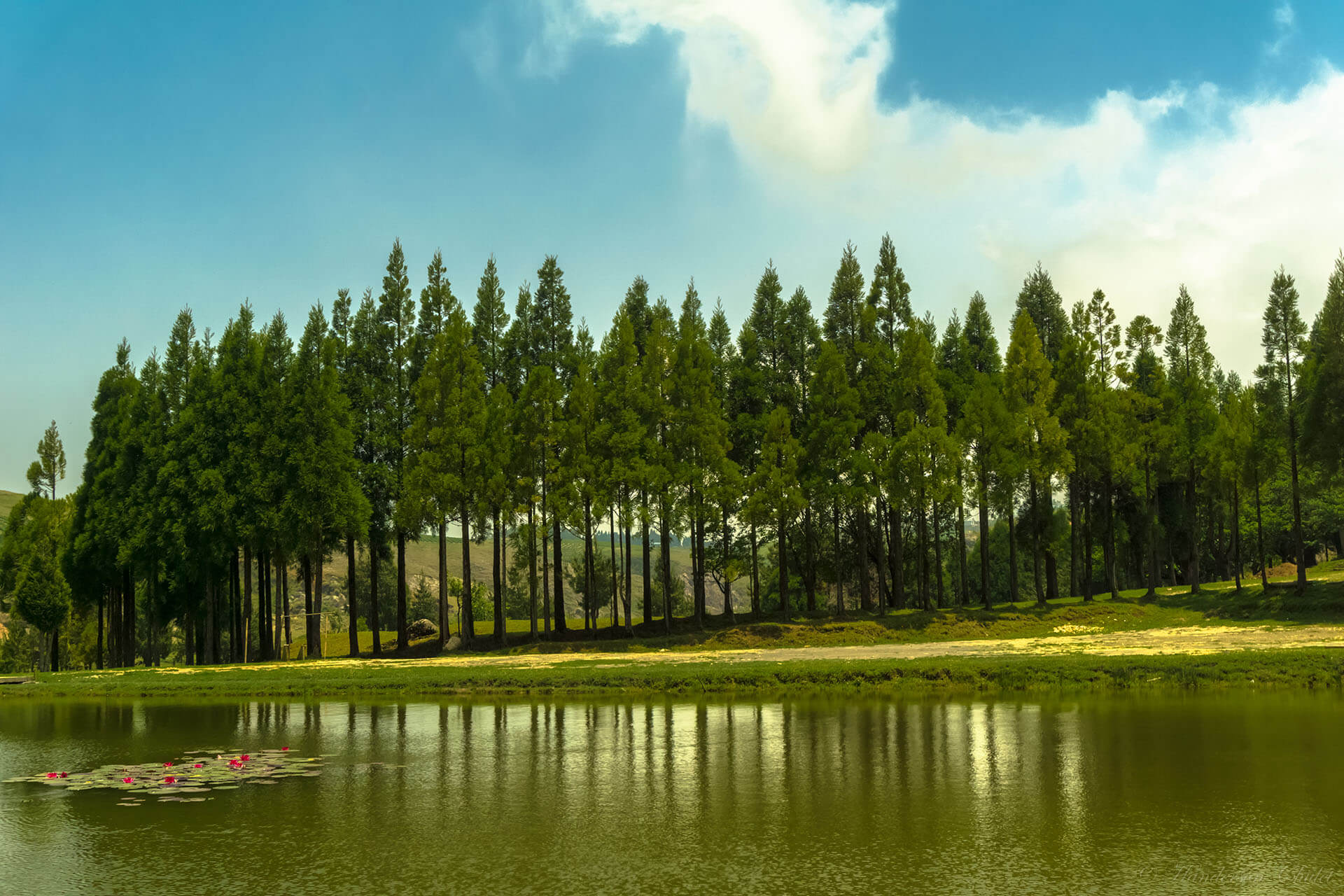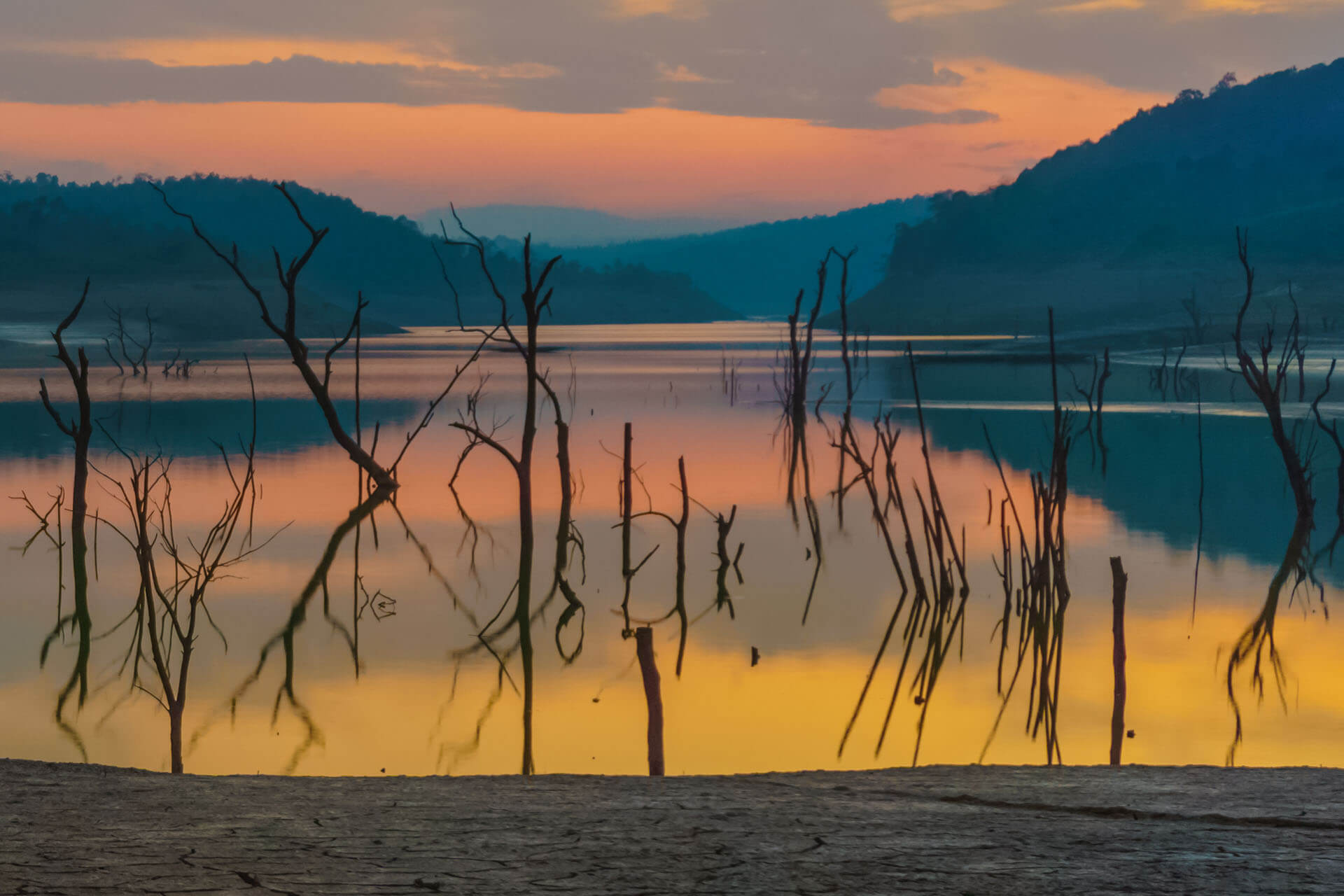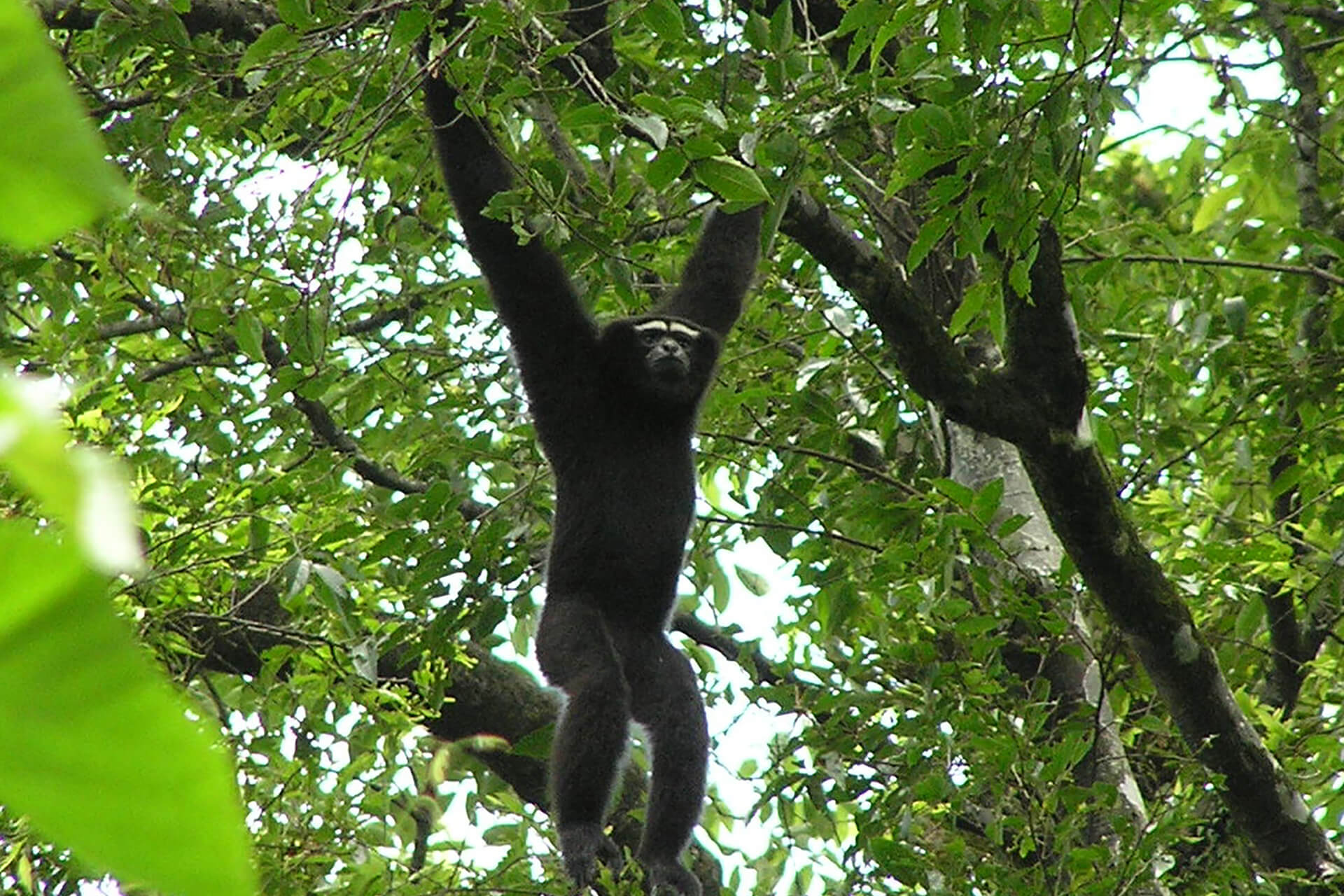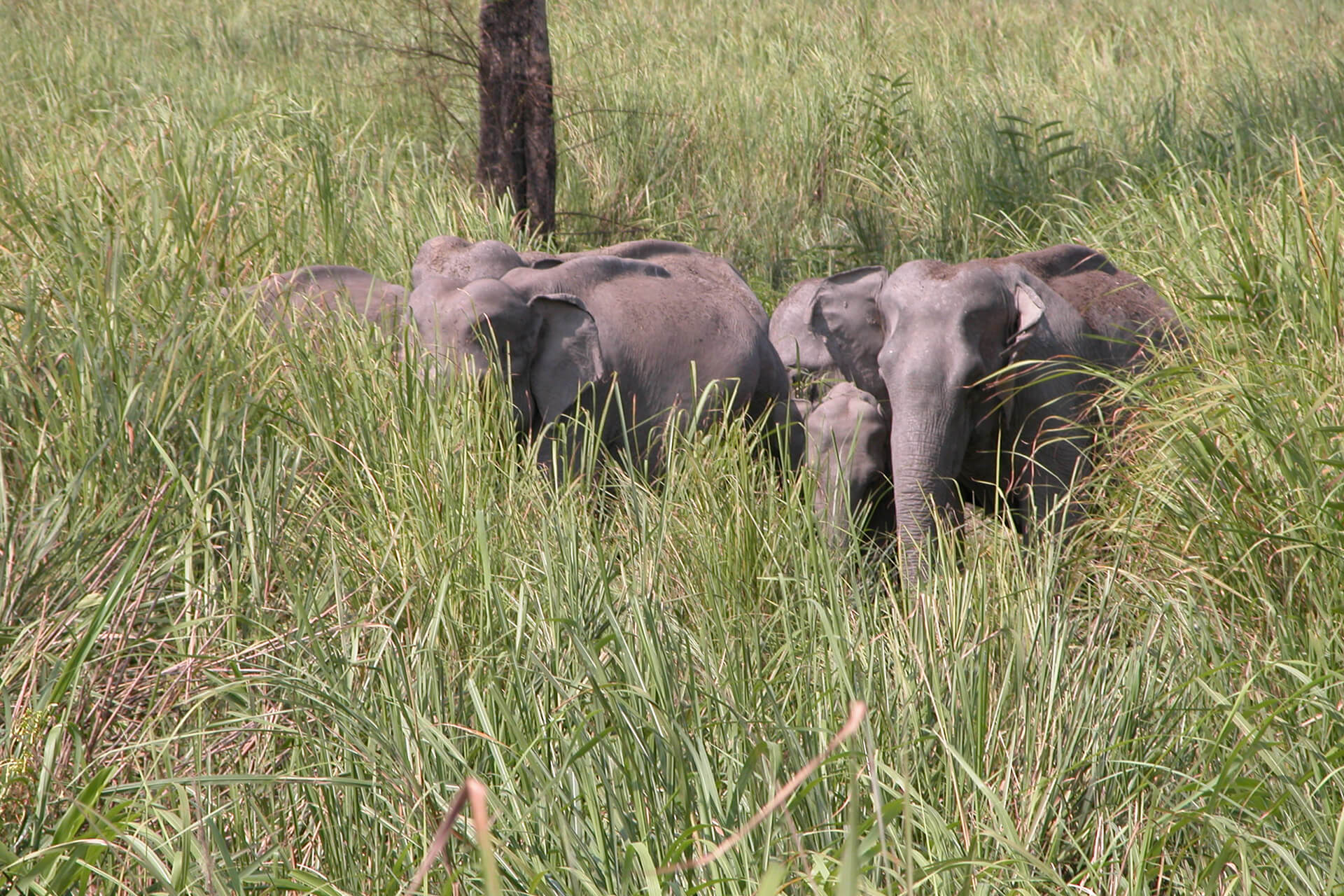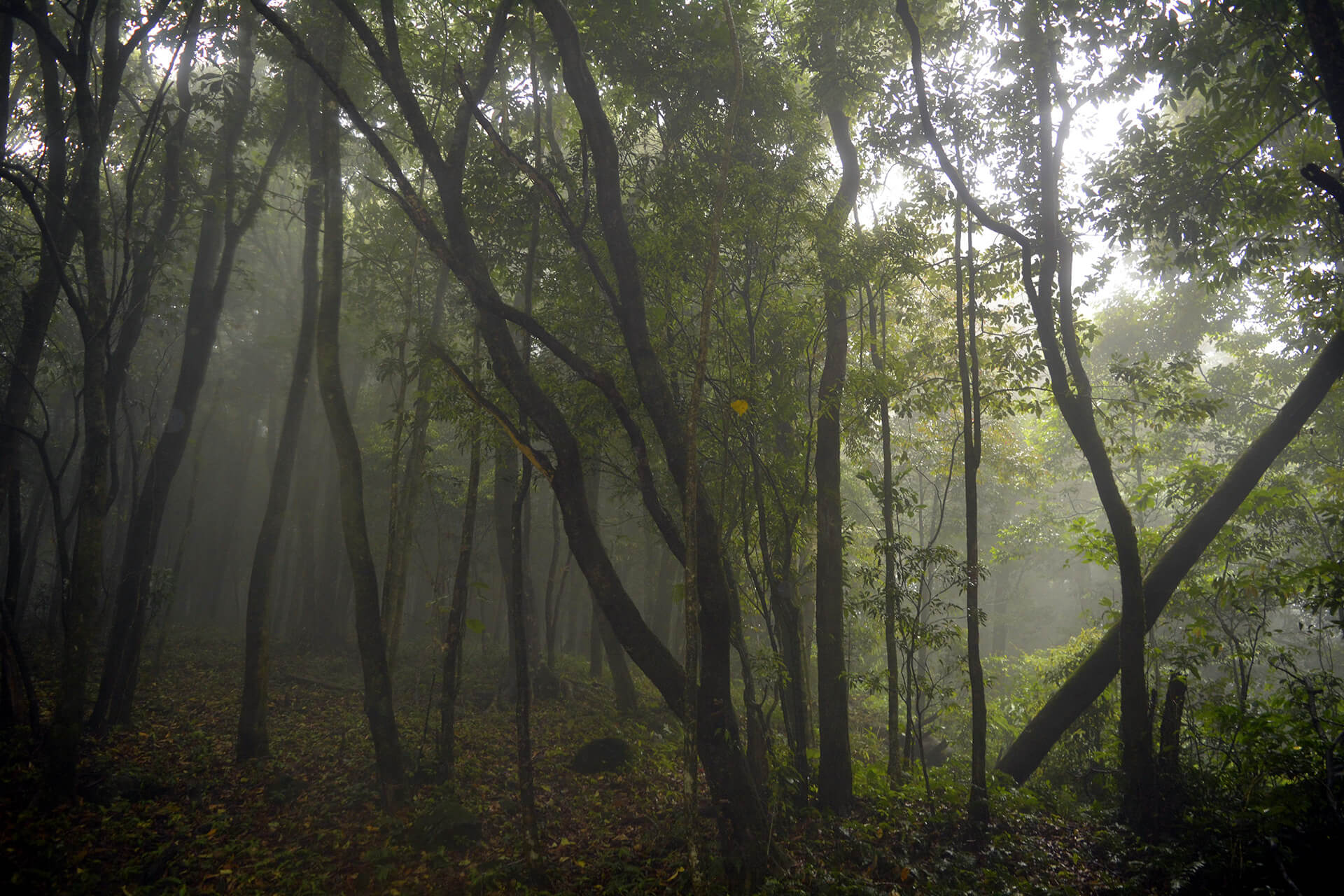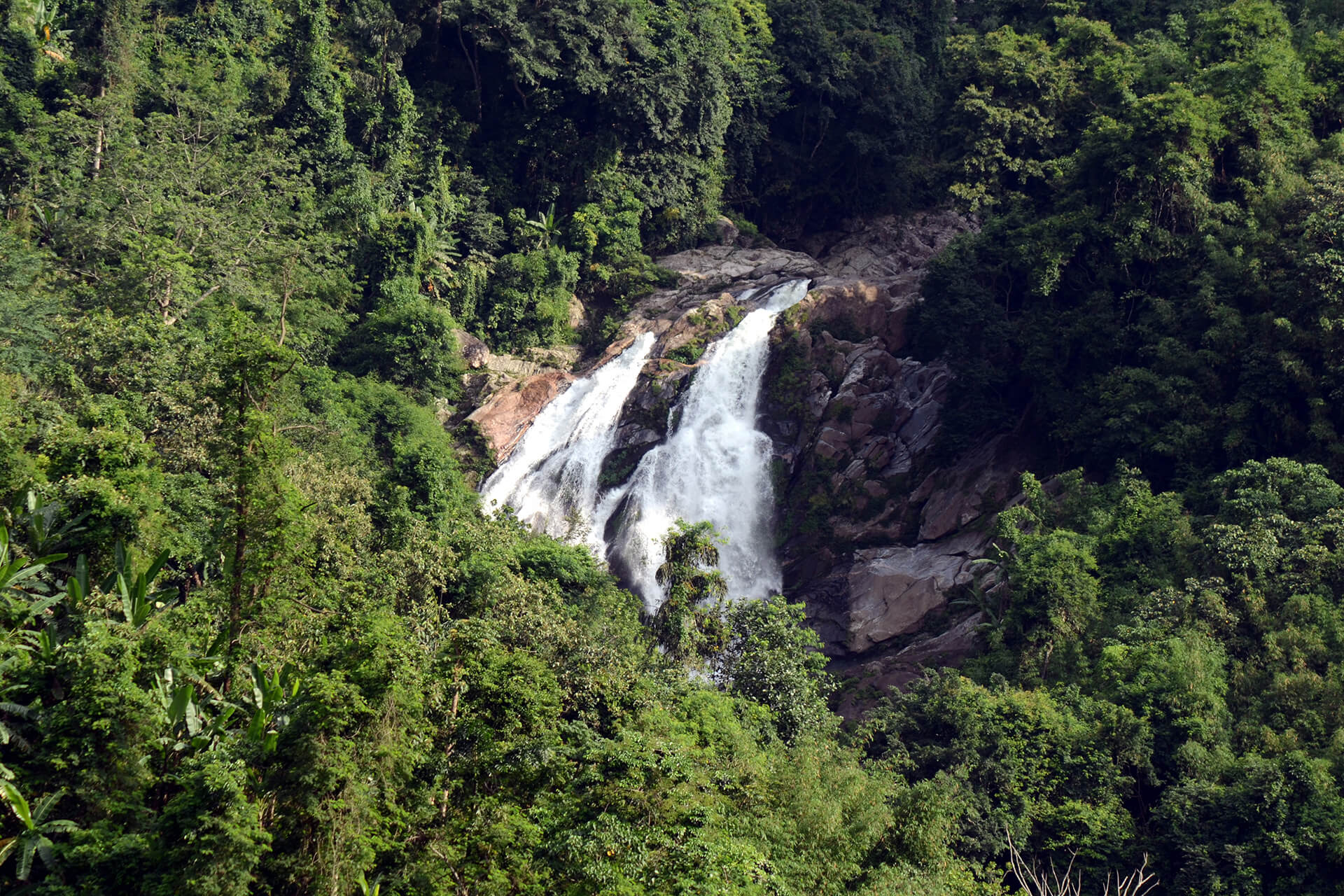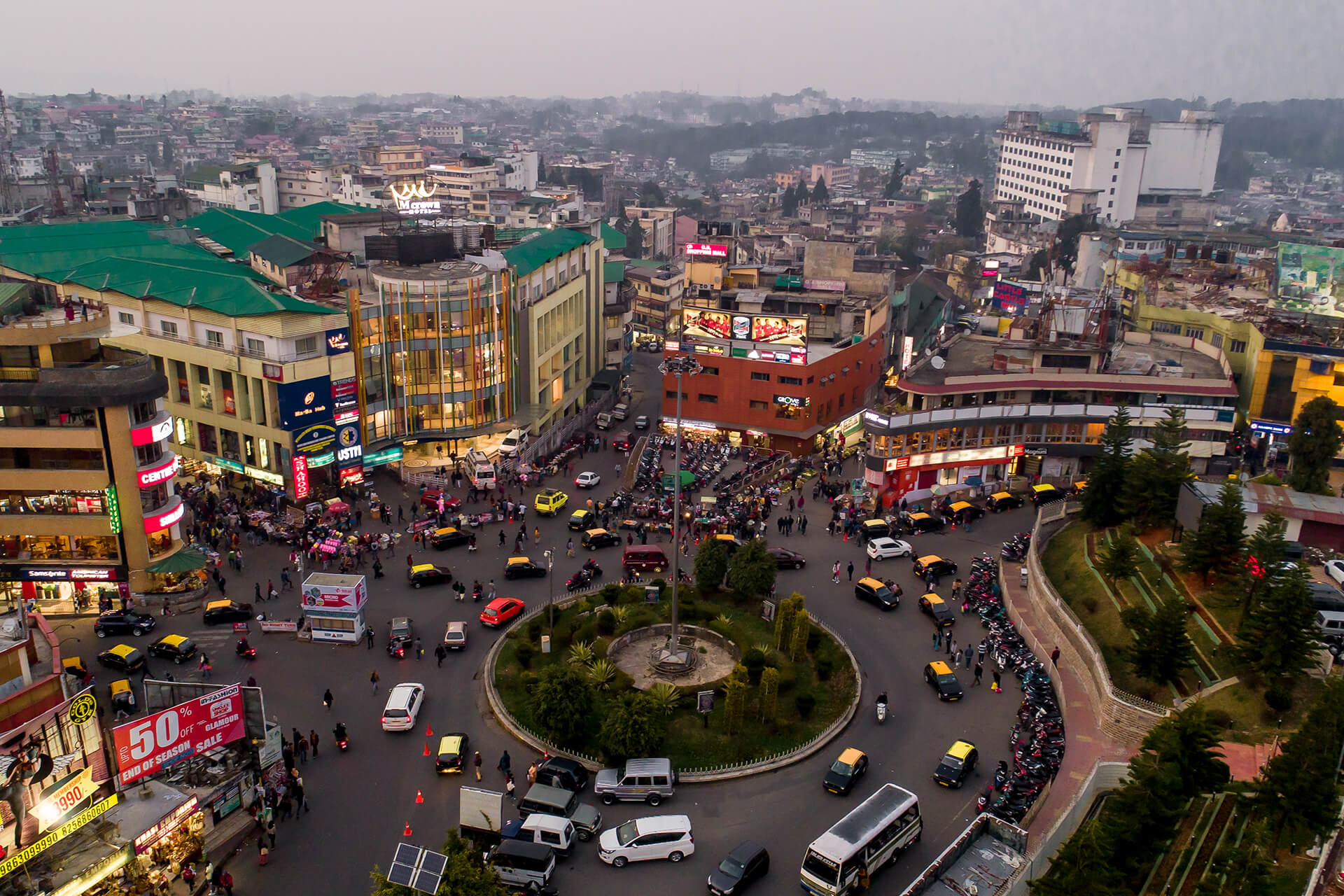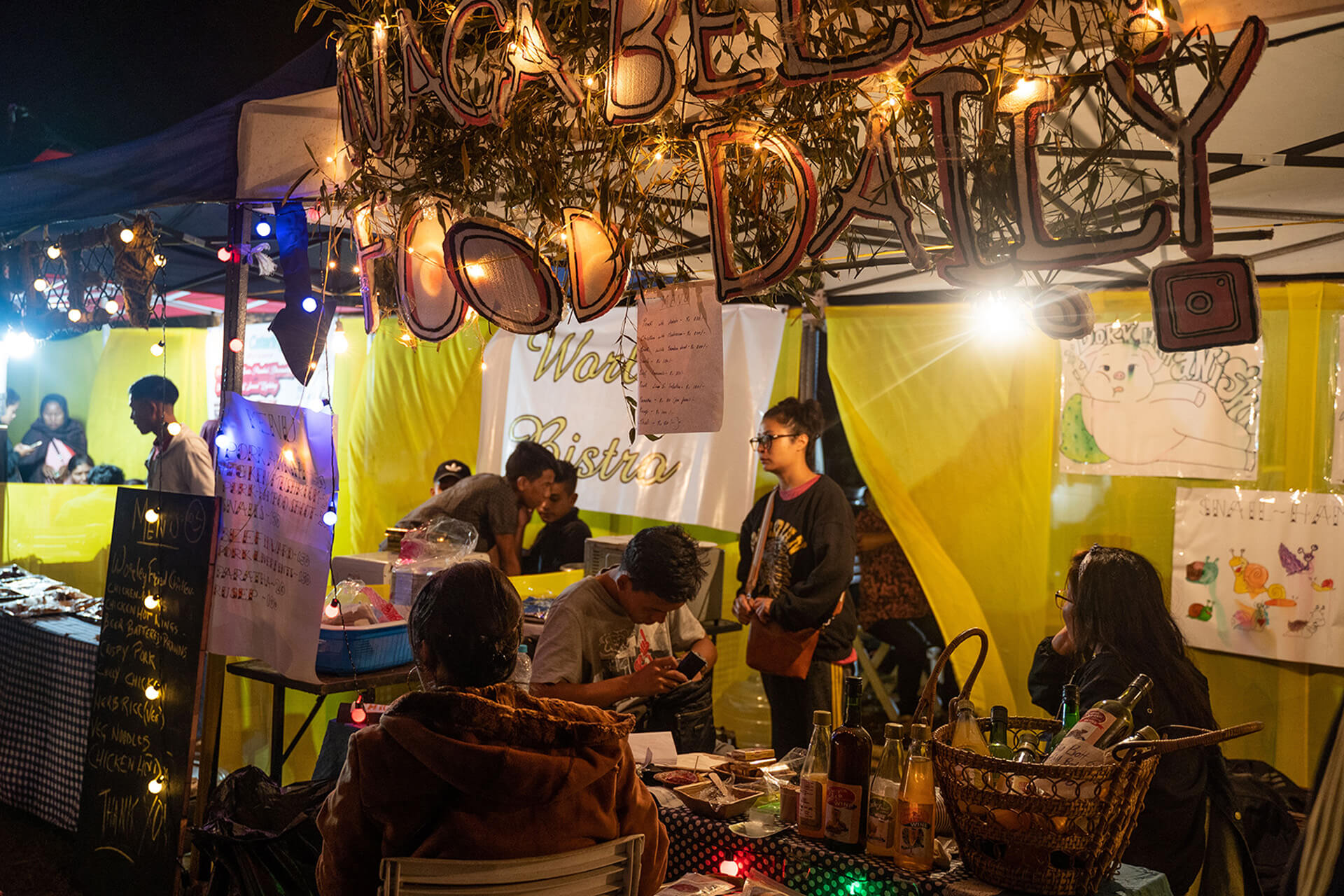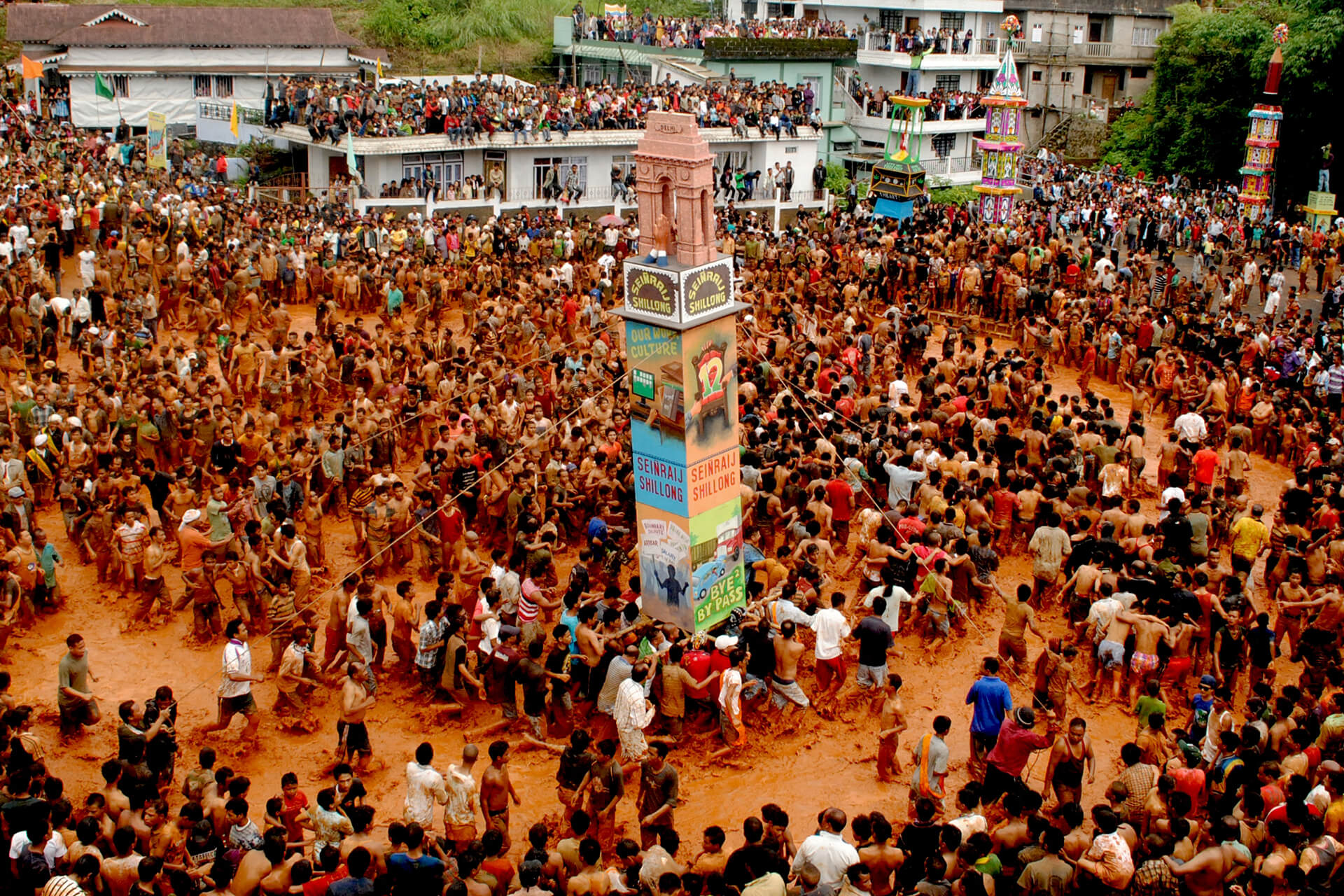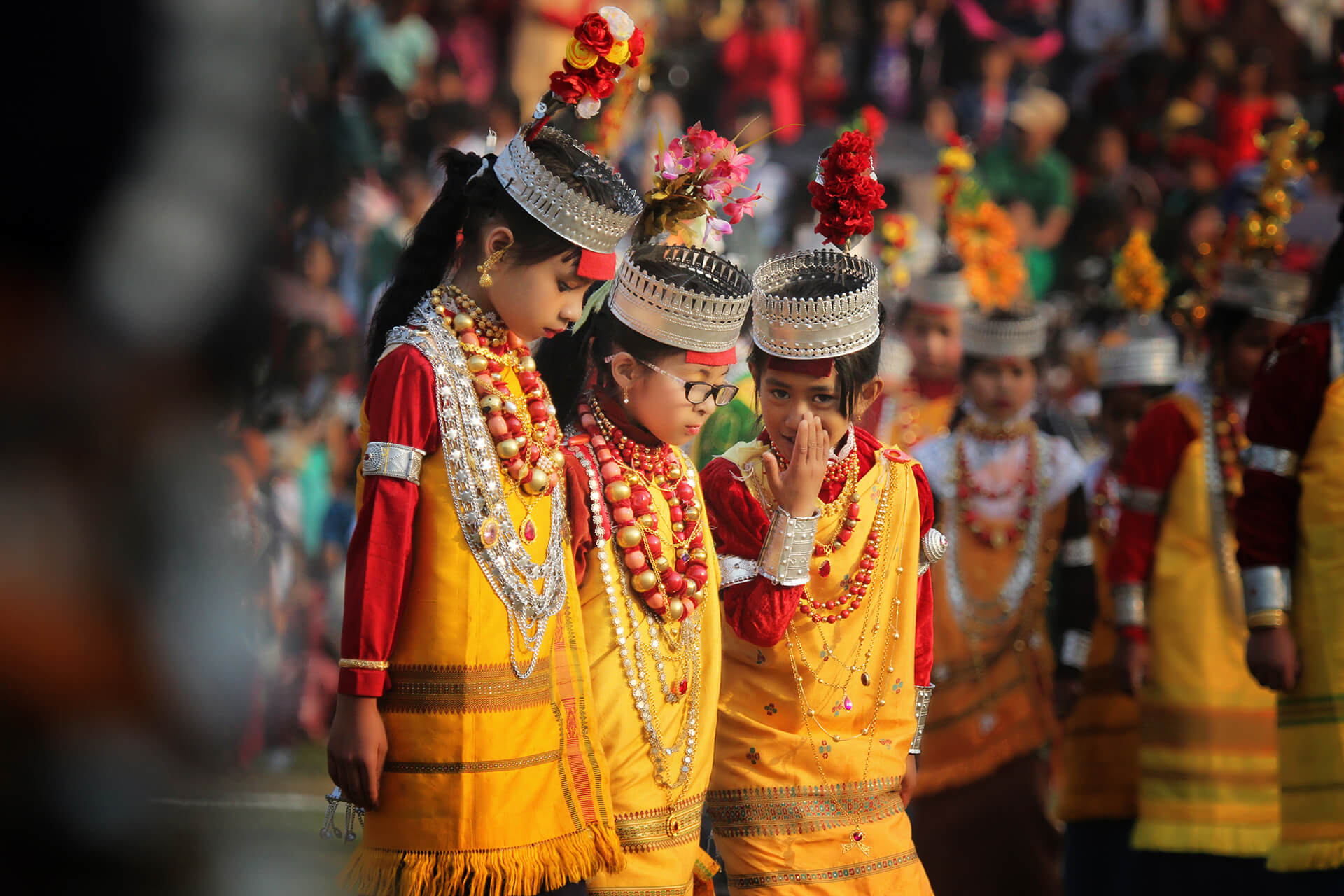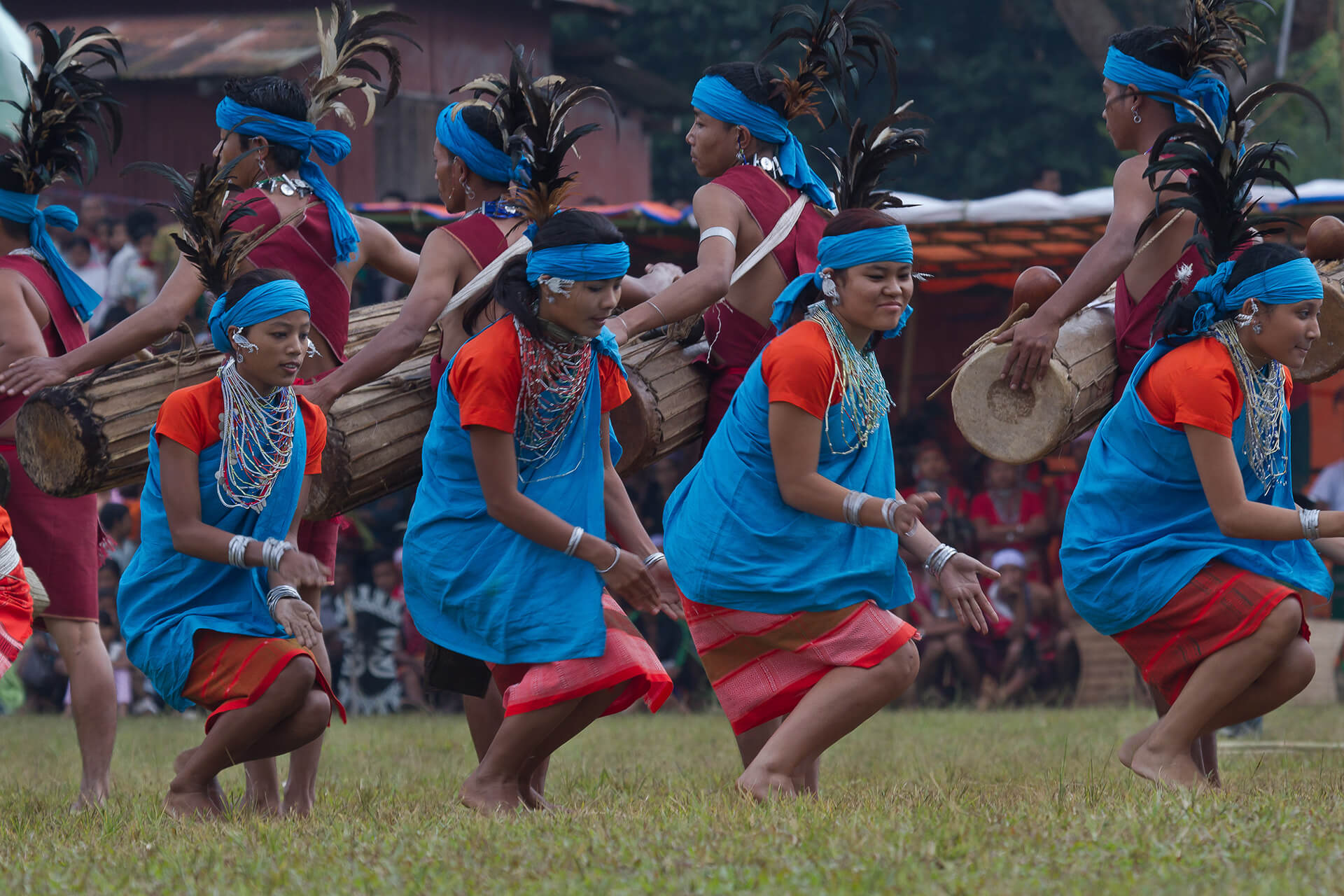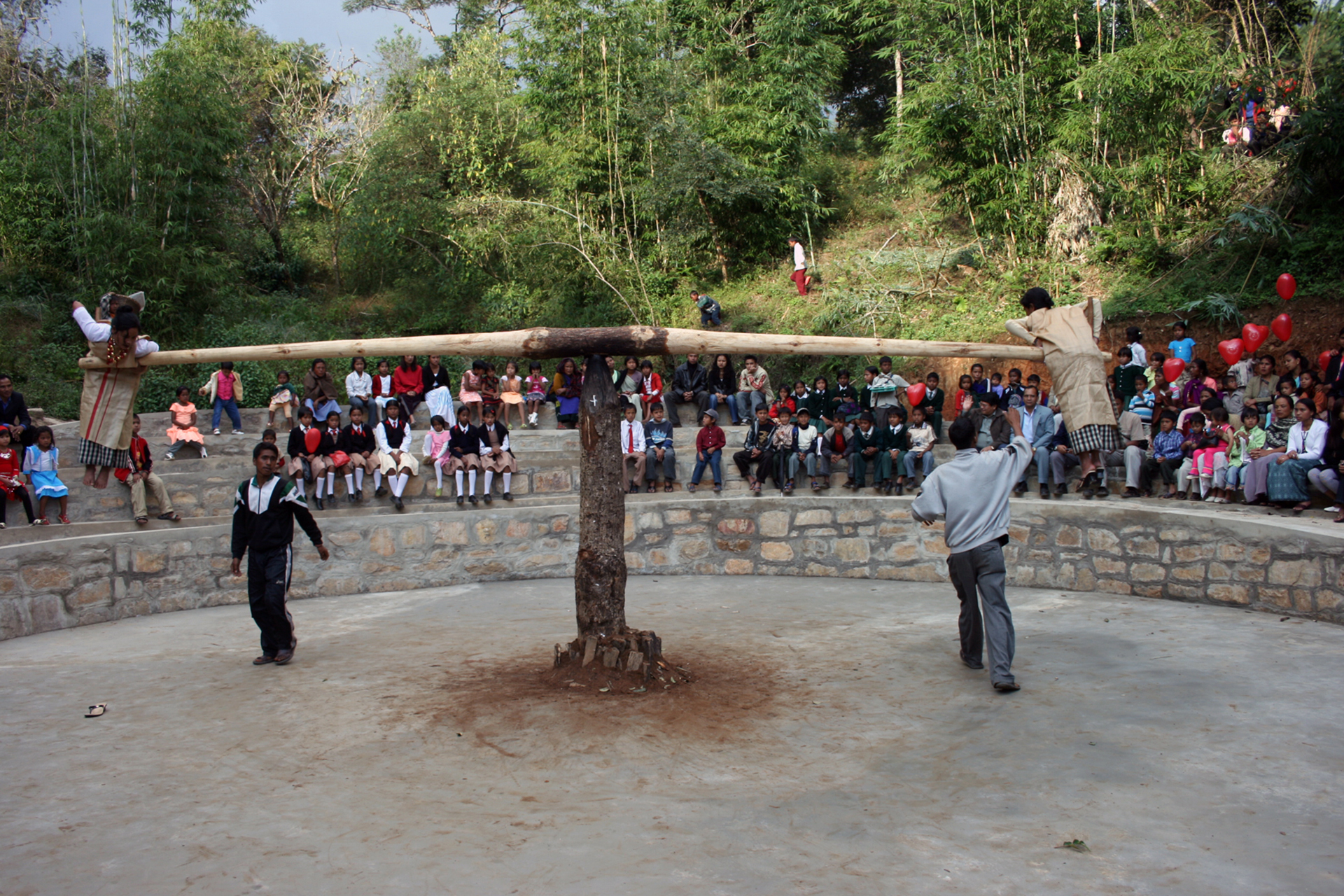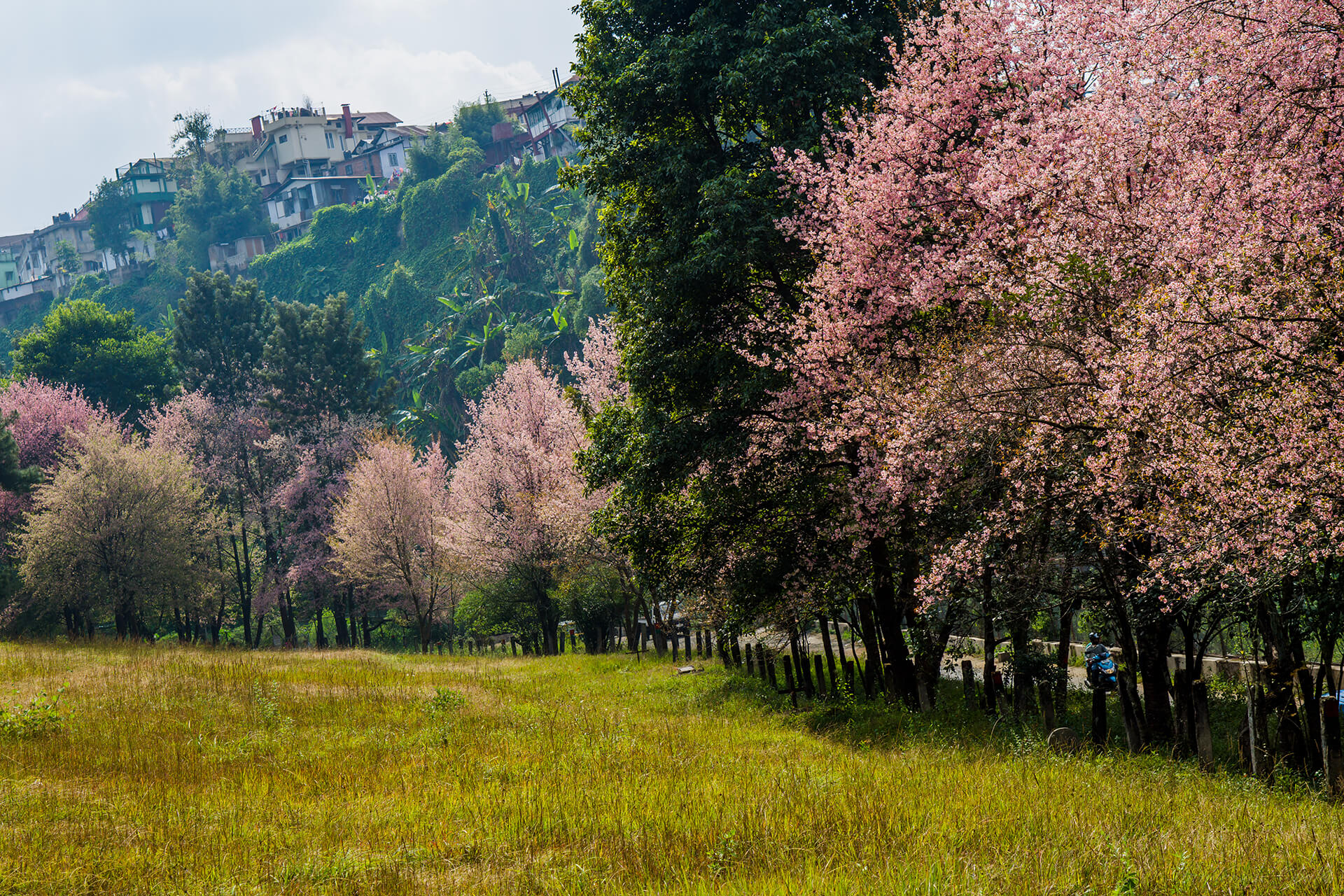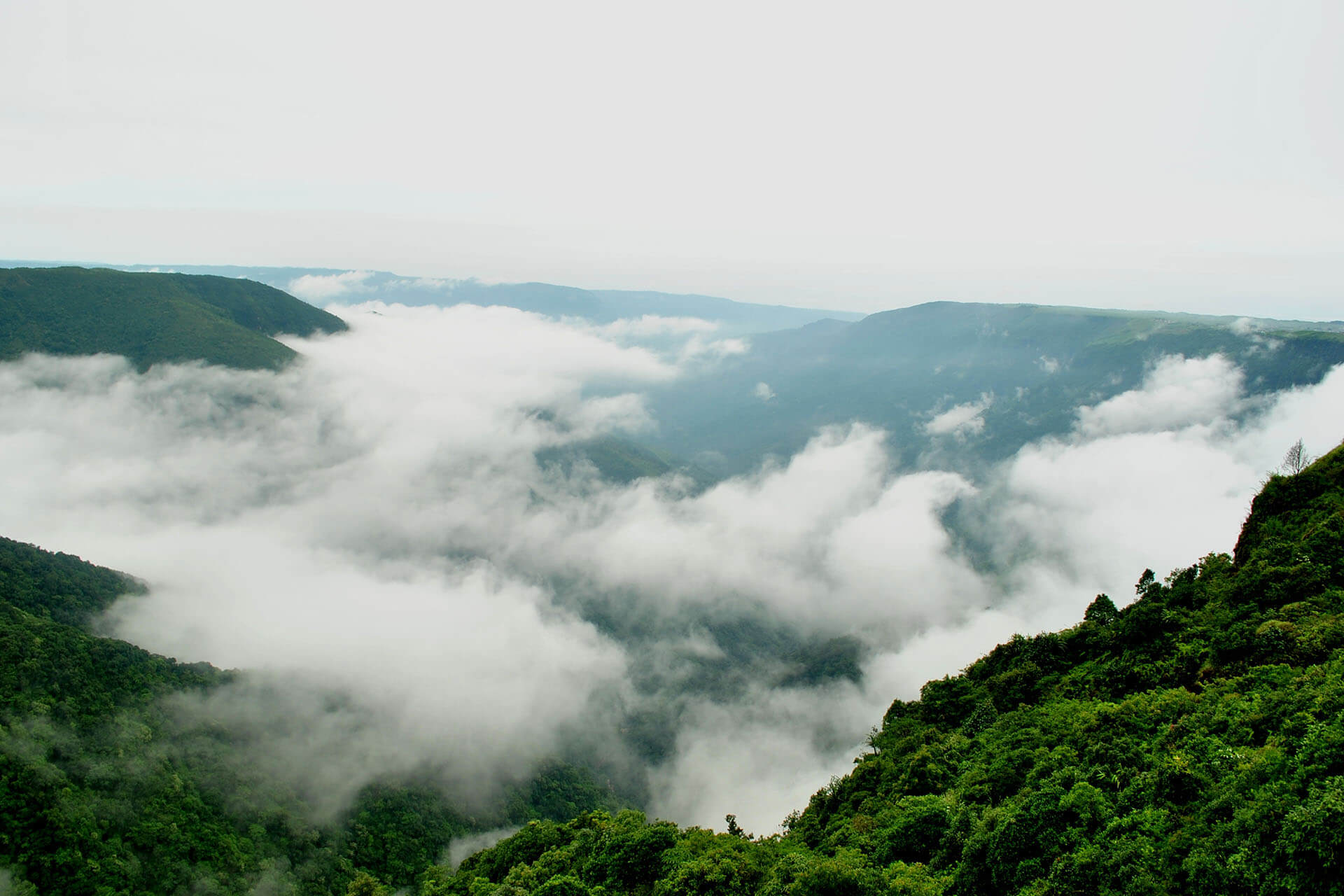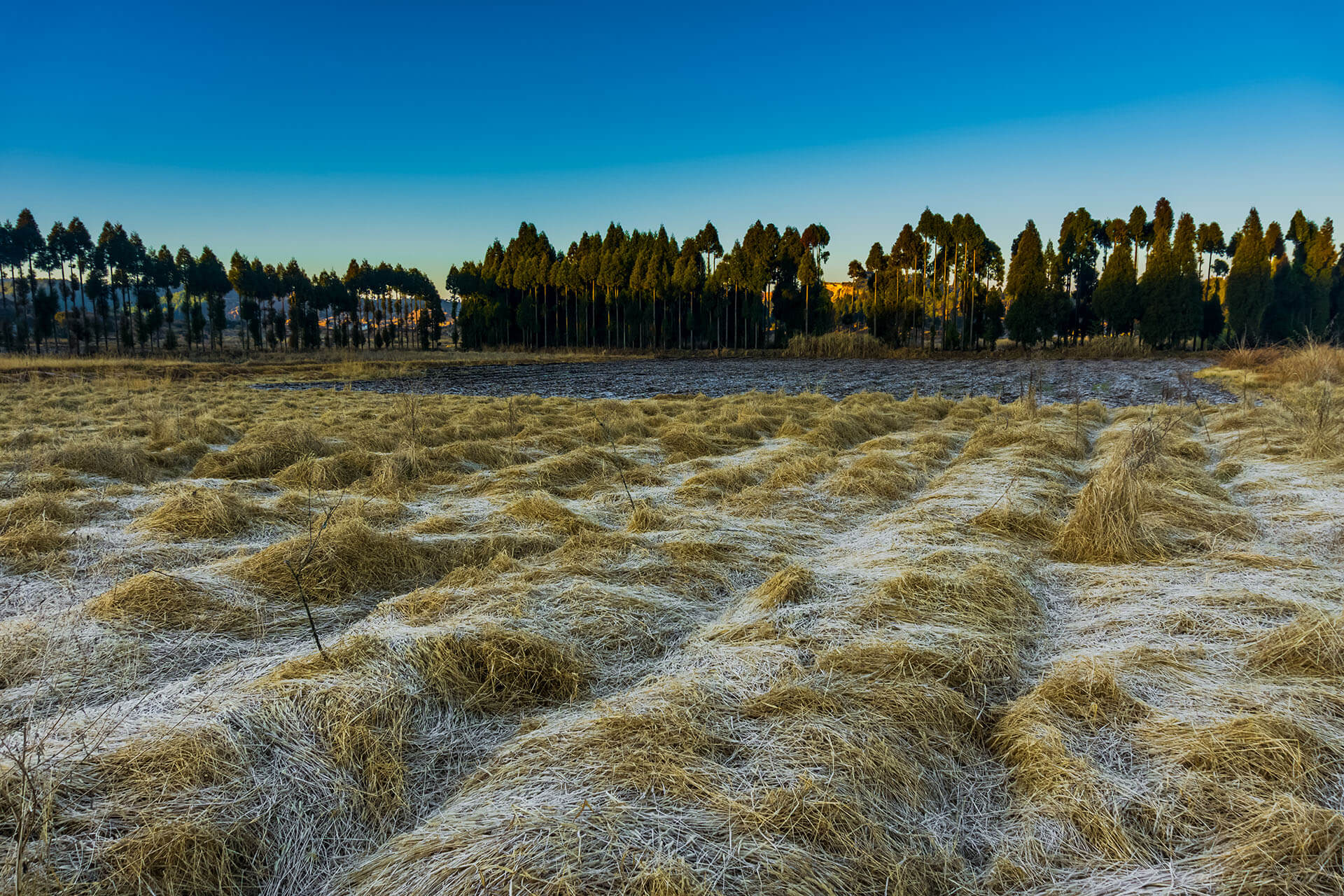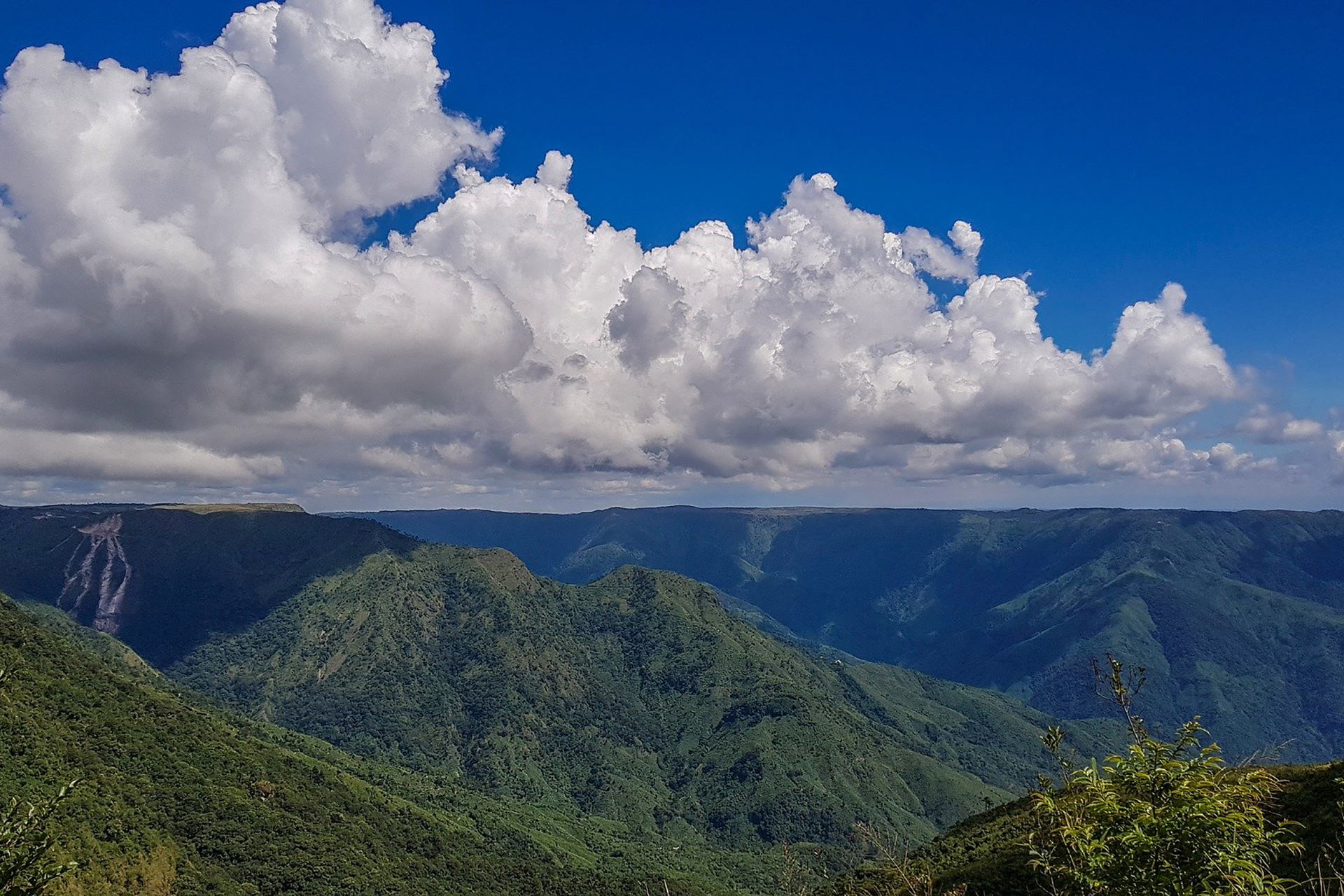Located in North-east India, Meghalaya, also known as the Abode of Clouds, falls in one of the richest biodiversity areas in the world. The famed monsoons, the rich traditional festivals, and the dramatic terrain are just some of the many things this state is famous for. Whether you are looking for an adventure to give you an adrenaline high or a tranquil spot to recharge yourself, Meghalaya has plenty to offer.
About Meghalaya
Steamy jungles and spellbinding cliffs, rushing rivers, unique cultures, delicious cuisines, windswept highlands, and lush, verdant valleys – Meghalaya welcomes you with a breathtaking array of sights and experiences…..
Meghalaya’s Landscapes
The unforgettable landscapes of Meghalaya will stay in your heart, long after your journey is over. The table-top heights of Sohra (Cherrapunjee) are brimful with waterfalls, streams, and forest trails. Gaze at the Bangladeshi plains from the many vantage points on the state’s southern ridges. The outskirts of Shillong and the high plateau around Mylliem and Smit offer postcard perfect representations of the simple life – complete with pastel green meadows, tall pine groves, crisp cool air, and quiet villages with quaint cottages and wooden fences spread across the countryside.
Further west, the Garo Hills burst into all the shades of green that you can think of. It is a region where you can travel on winding roads that pass through undisturbed forests where pachyderms and predators still rule and discover rarely-breached ecosystems. Meghalaya’s largely agrarian society has also contributed to this vibrant mosaic. Paddy fields neatly carved out of the hills and betel plantations that blend into the forest are just some examples you will come across. On the eastern part of the state, the Jaintia Hills offer more even enchanting views – a mix of heady cliffs, river-crossed tableland, rapids and waterfalls, and primeval forests that still remain unexplored in places.
Meghalaya is home to some of the longest and most complex cave systems in the world – from west to east, there are many subterranean tunnels and spots marked with ancient fossils and home to rare species. During the monsoons, the fast-moving rivers swell and drop into the plains in imposing, powerful cascades – a reason why Meghalaya is also termed as a land of waterfalls.
The Wild Frontiers
The Western Hoolock gibbon stirs in the thick canopies of western and southern Meghalaya while herds of Asiatic elephants rustle through the jungles, crossing gushing streams and steep hillsides with surprising agility. Somewhere a clouded leopard stalks the dawn, its long bushy tail and claws making it at home in the trees while a python slithers amidst the fallen leaves, sniffing out its next meal. Bird watchers come to Meghalaya to catch sight of some very rare species. Hornbills, blue-throated barbets, Verditer flycatchers, crimson sunbirds, crested serpent eagles, and baya weavers are just some of the hundreds of feathered residents that you can spot.
Vibrant, Modern, Friendly
Shillong is Meghalaya’s state capital and also the main cultural hub. It is a microcosm of the entire North-East region because of its status as a regional academic nerve centre – home to a young, creative and aspiring population. The charm of the old hill town still resonates in many corners here and its culture and landscape provide a perfect blend of modern and traditional. Bustling cafes and restaurants dot its commercial centres and the town is also a wonderful stop for avid shoppers. The town’s nightlife attracts revelers from everywhere and its live music venues have provided the stage for famous local and international musicians.
Meghalaya – A Bouquet of Many Identities
Meghalaya is inhabited by many distinct tribes, the most prominent being the Khasis, the Garos, and the Pnars. Other tribes include the Hajongs, the Karbis, and the Koch. The tribes are further distinguished into sub-tribes and clans – represented in different dialects, diets, and clothing. There are many residents of the state whose previous generations have migrated from nearby and distant regions, especially in the capital Shillong – adding a cosmopolitan charm to the town.
A visit to Meghalaya will be incomplete without some cultural experiences. The best time to observe traditional practices and imagery is during the main festivals. Shad Suk Mynsiem is a major event in the Khasi calendar, celebrated in the month of April as a showing of gratitude to nature and to celebrate the harvest and the sowing of new seeds. Highlights include a dance where the participants are dressed in the rich traditional attire, laden with silk, gold, coral, and more.
Wangala is a harvest festival celebrated in the months between September and December across the Garo Hills. It is a great time to experience the old traditions of Meghalaya’s western-most tribe and indulge in the unique cuisine of the place.
Behdienkhlam is the biggest festival of the Pnars who practice the indigenous Niamtre religion. It is celebrated across the Jaintia Hills districts and the largest celebrations happen in Jowai town. One of the defining images of this festival happens during the Dad-iawakor ceremony, in which the local men play a game with a wooden ball, remotely similar to football.
These are just examples from a much longer list – many festivals and events are local in nature and unique to a particular region or village.
The Seasons of Meghalaya
A short monsoon drive south of Shillong will take you to some of the rainiest places on earth – Sohra (Cherrapunjee) and Mawsynram. Travel on a serpentine highway flanked by the mountain on one side and a bowl of clouds on the other side. June to August is the best time to experience the mighty rains of Meghalaya.
Meghalaya’s very distinct spring and summer seasons offer the best escape from the rising mercury of the plains – the temperatures rarely cross the mid-twenties and the vegetation is most vivid during this time of the year.
Winters in Meghalaya are a pleasure. It is the most convenient time to enjoy natural excursions in the sub-tropical stretches – a reason why the locals love their picnics during the winter. The higher reaches of Meghalaya offer wondrous wintry scenes because of the thick morning frost but this is also the season of bright sunny days.

